Wildflowers are seductive at any time of year, but there’s an extra thrill in finding blooms early in the year. We marvel at their ability to withstand harsh weather, but our real affection for them is that they mark the beginning of the end of winter.
Not all early flowers are delicate vernal beauties. Some, such as shepherd’s purse and common field speedwell, will have been pushing out low-level blooms throughout winter. Common gorse bushes, too, have been smouldering quietly throughout the dark days.
Other flowers, though, are true harbingers of spring and invaluable service stations for early-emerging insects. Almost overnight, goat willow bushes sprout a fuzz of golden catkins, luring in butterflies and bees, and cherry plums foam with snowy flowers.
And when the verges of main roads are whitened by the ‘false frost’ of Danish scurvy-grass, spring (or at least the promise of it) is with us once more.
Flowering currant (Ribes sanguineum)

Trusses of musky, rose-pink flowers appear as leaves unfurl. Occasional garden escape and often planted.
Cherry plum (Prunus cerasifera)
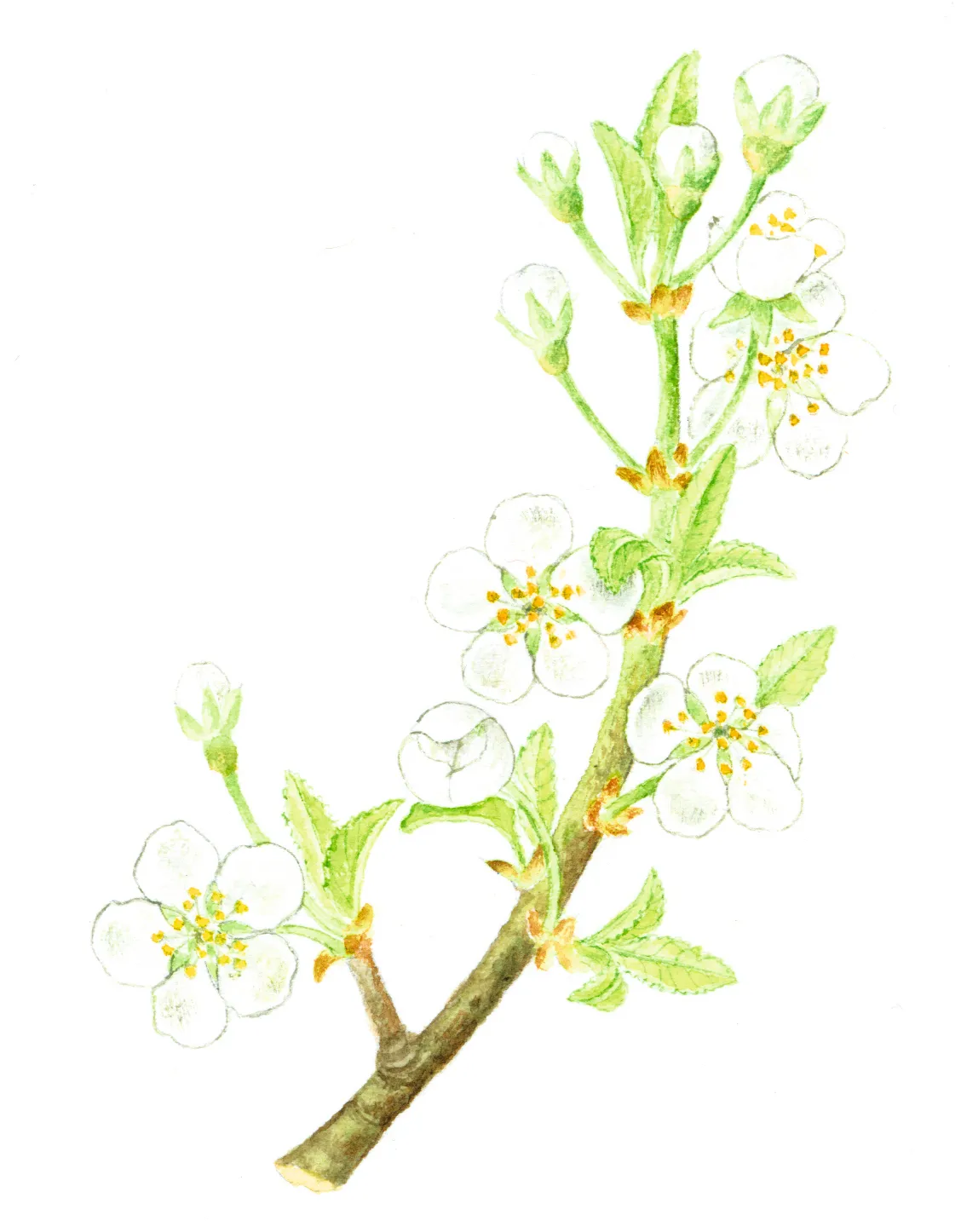
An orchard escape or planted tree, often mistaken for blackthorn (but flowers earlier). Hedges and verges.
Goat willow (sallow) (Salix caprea)
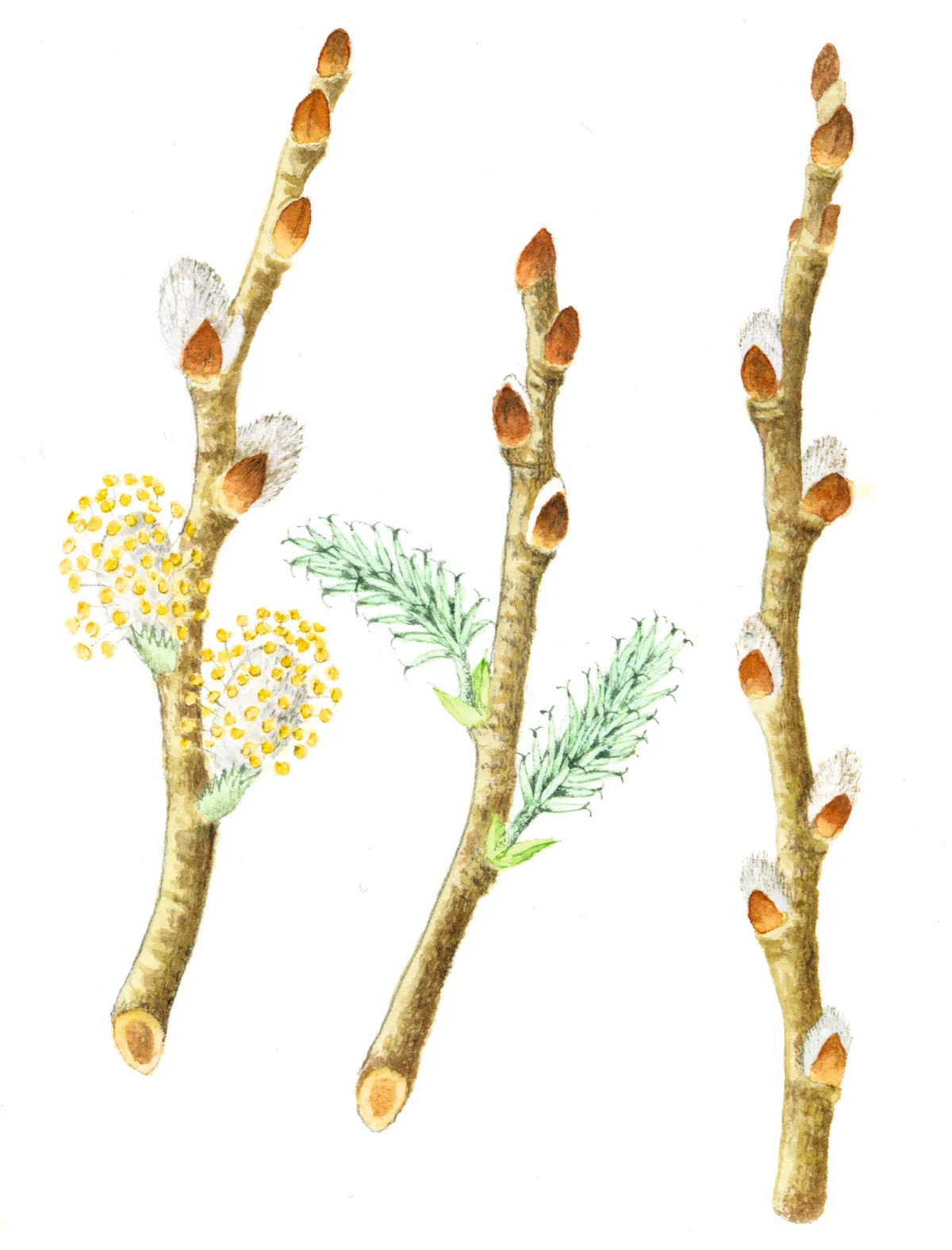
Male catkins (‘pussy willow’) are golden; females are dull green. Woods, waste ground, riverbanks.
Common gorse (Ulex europaeus)
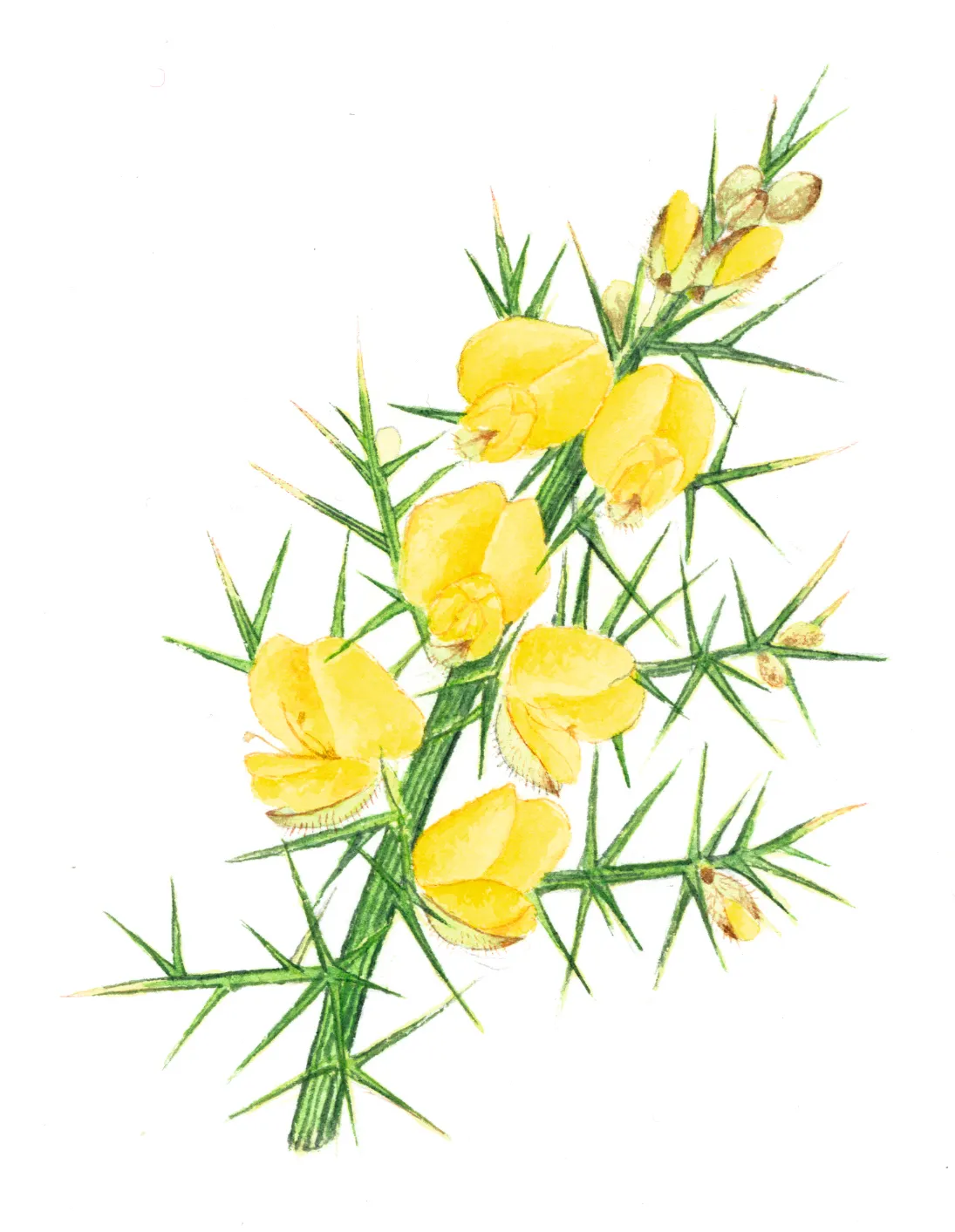
Coconut-scented; can be found blooming year-round. Rough ground, moors and commons.
Spurge laurel (Daphne laureola)

Sweet-smelling flowers, often hidden by leathery leaves with waxy texture. Chalk or limestone woods.
Dog’s mercury (Mercurialis perennis)
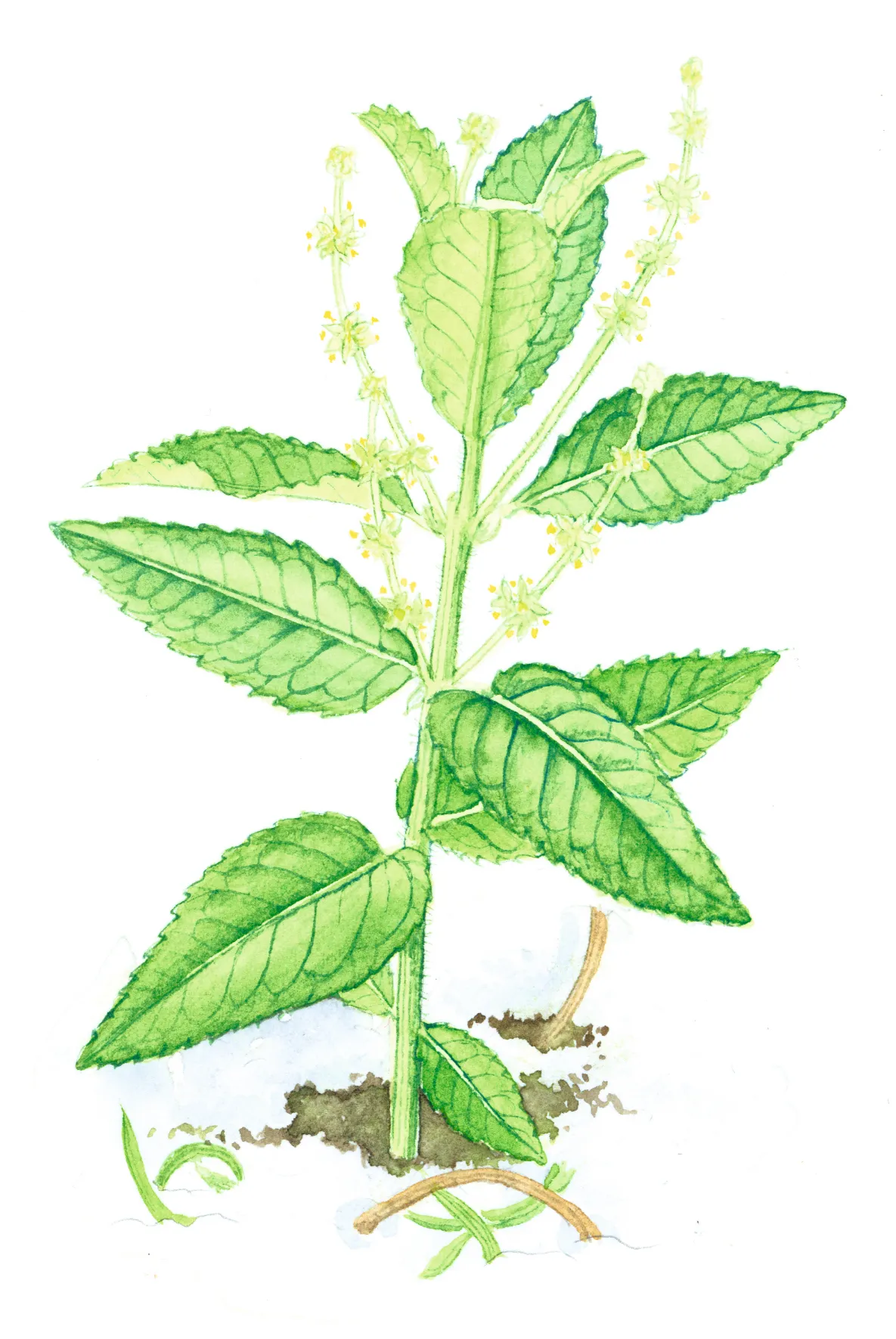
Carpets floors of woods on clay or limestone. Spreads by rhizomes. Woods and older hedgerows.
Shepherd’s purse (Capsella bursa-pastoris)
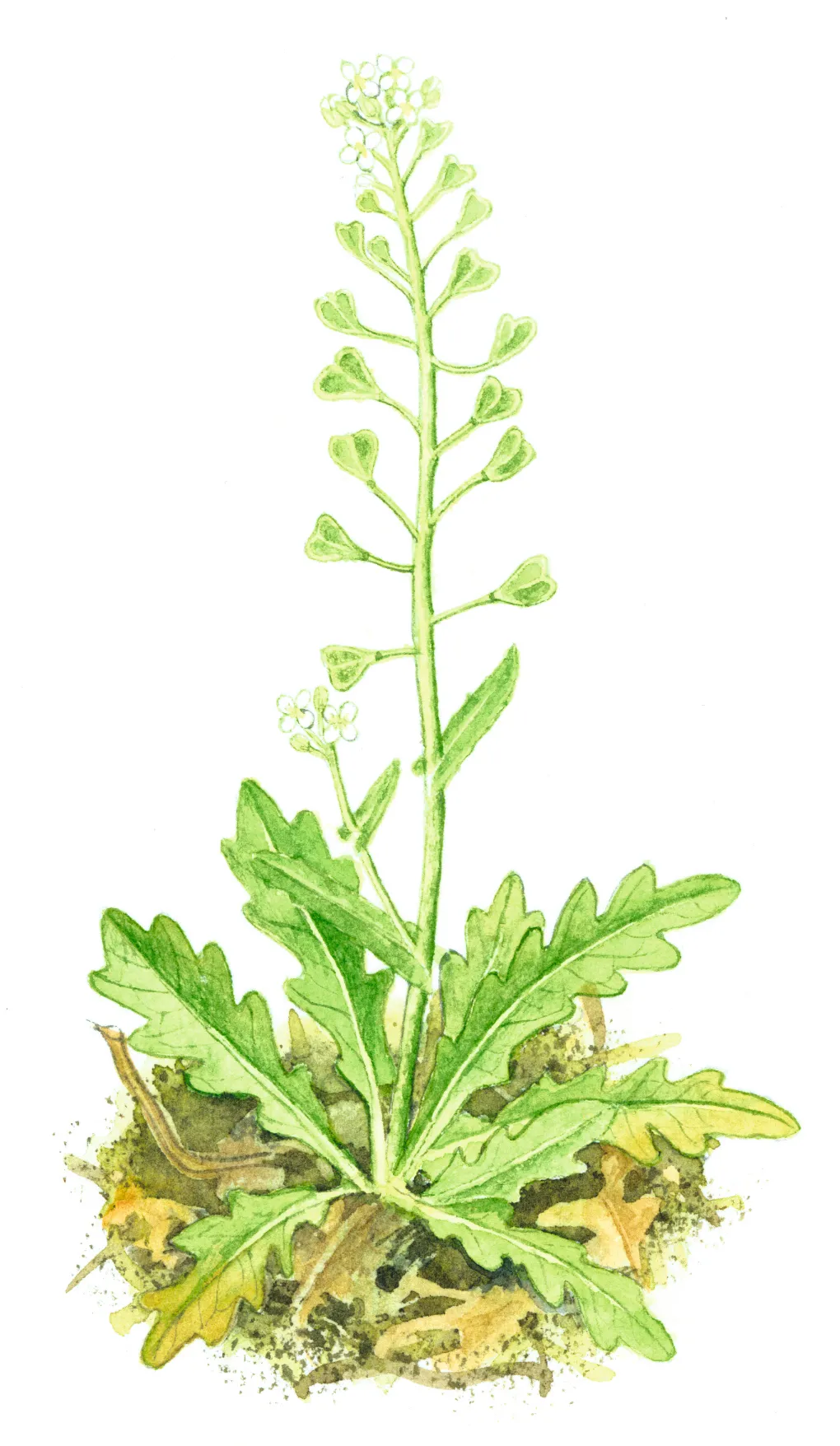
Flowers all winter; self-pollinating. Purse-shaped seed capsules. Field edges, gardens and waste ground.
Field speedwell (Veronica persica)
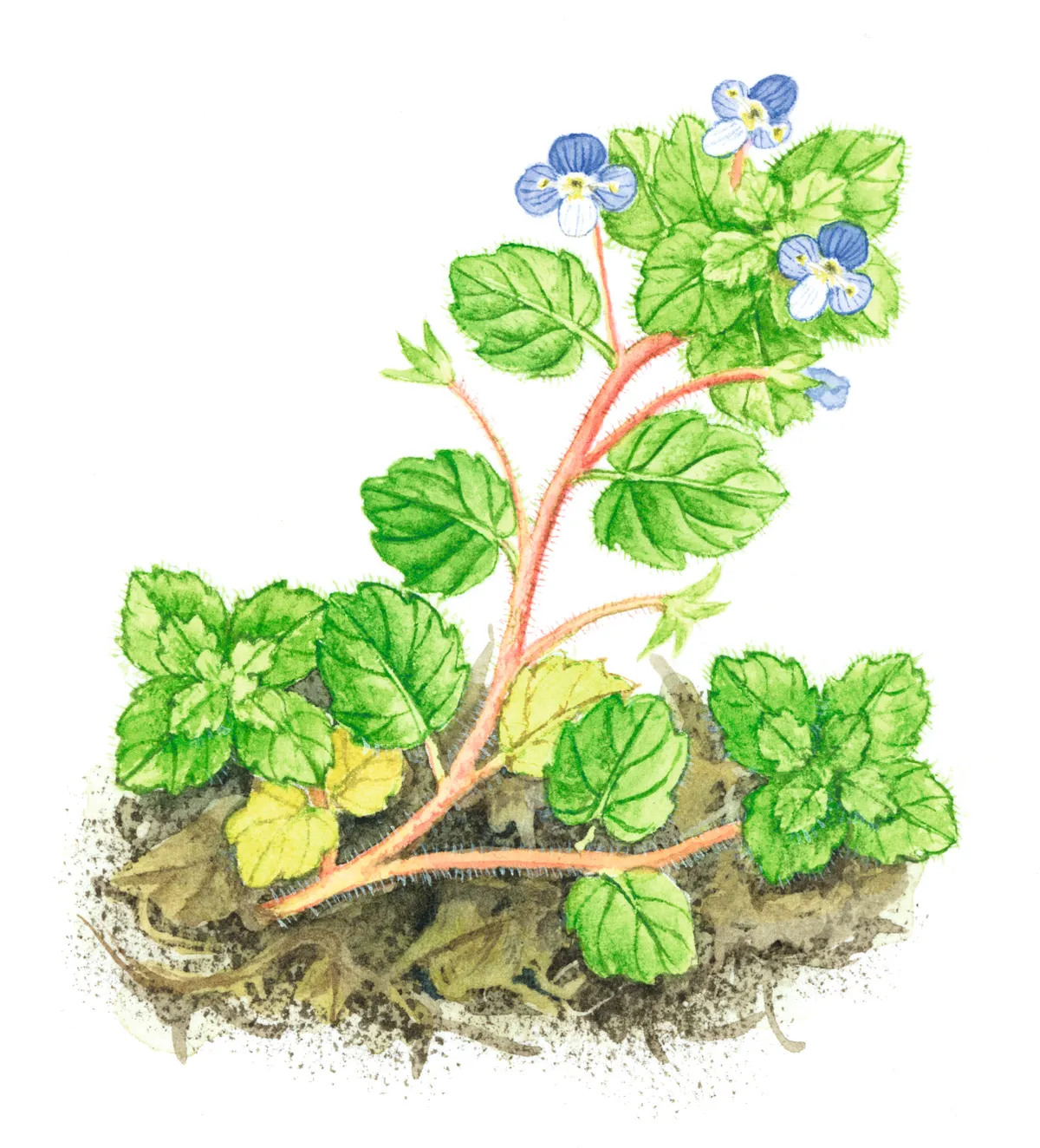
Native to south-west Asia; first UK record in 1825. Big sky-blue flowers all winter. Fields and gardens.
Red dead-nettle (Lamium purpureum)
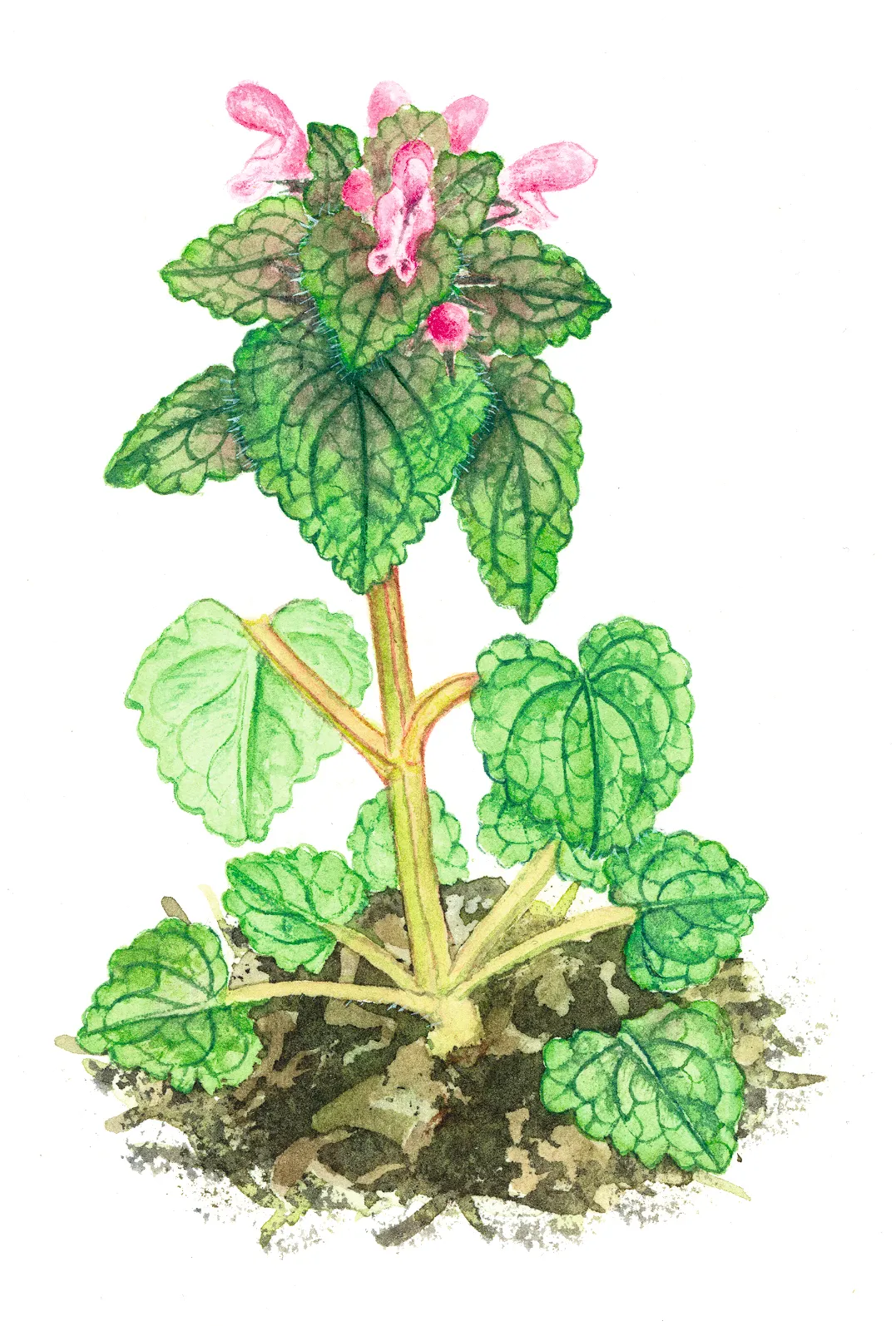
Rounded lobes to stalked leaves distinguish it from similar species. Annual of arable fields and gardens.
Butterbur (Petasites hybridus)
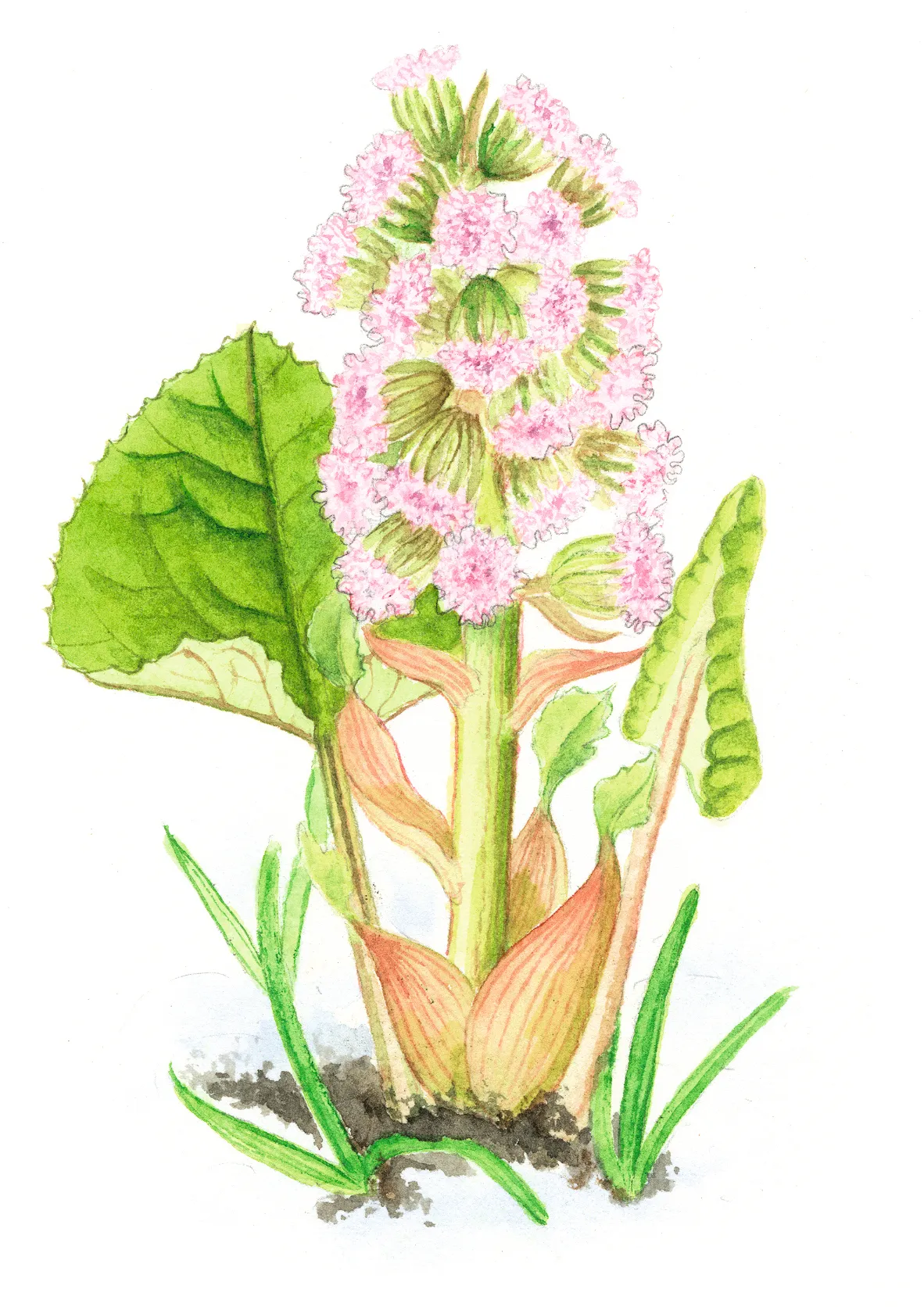
Stubby male flower spikes appear just before the huge leaves. Damp roadsides and stream valleys.
Winter heliotrope (Petasites fragrans)
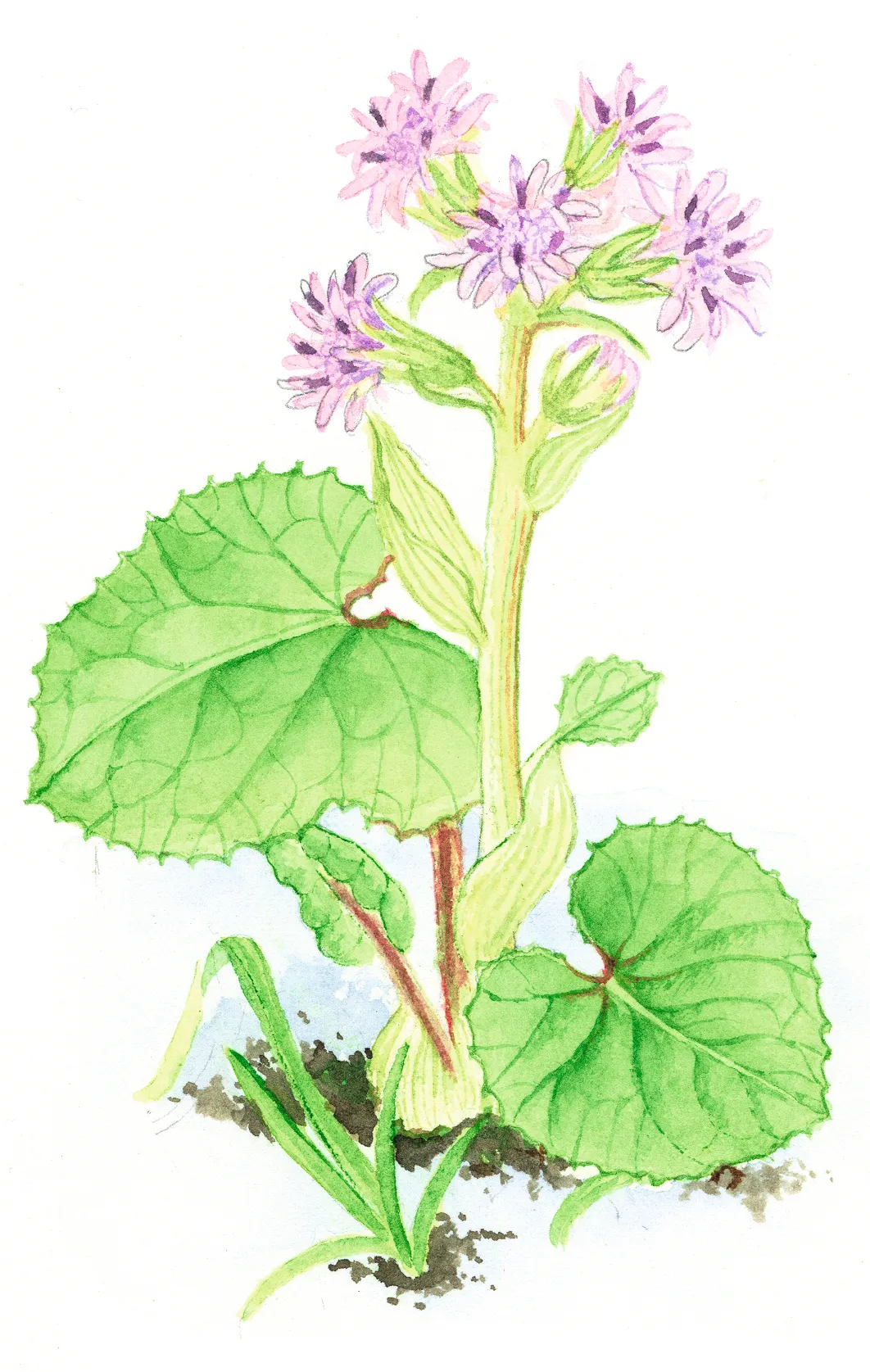
Vanilla-scented flowers and broad leaves, smaller than those of butterbur. Verges and hedgerows.
Danish scurvy-grass (Cochlearia danica)
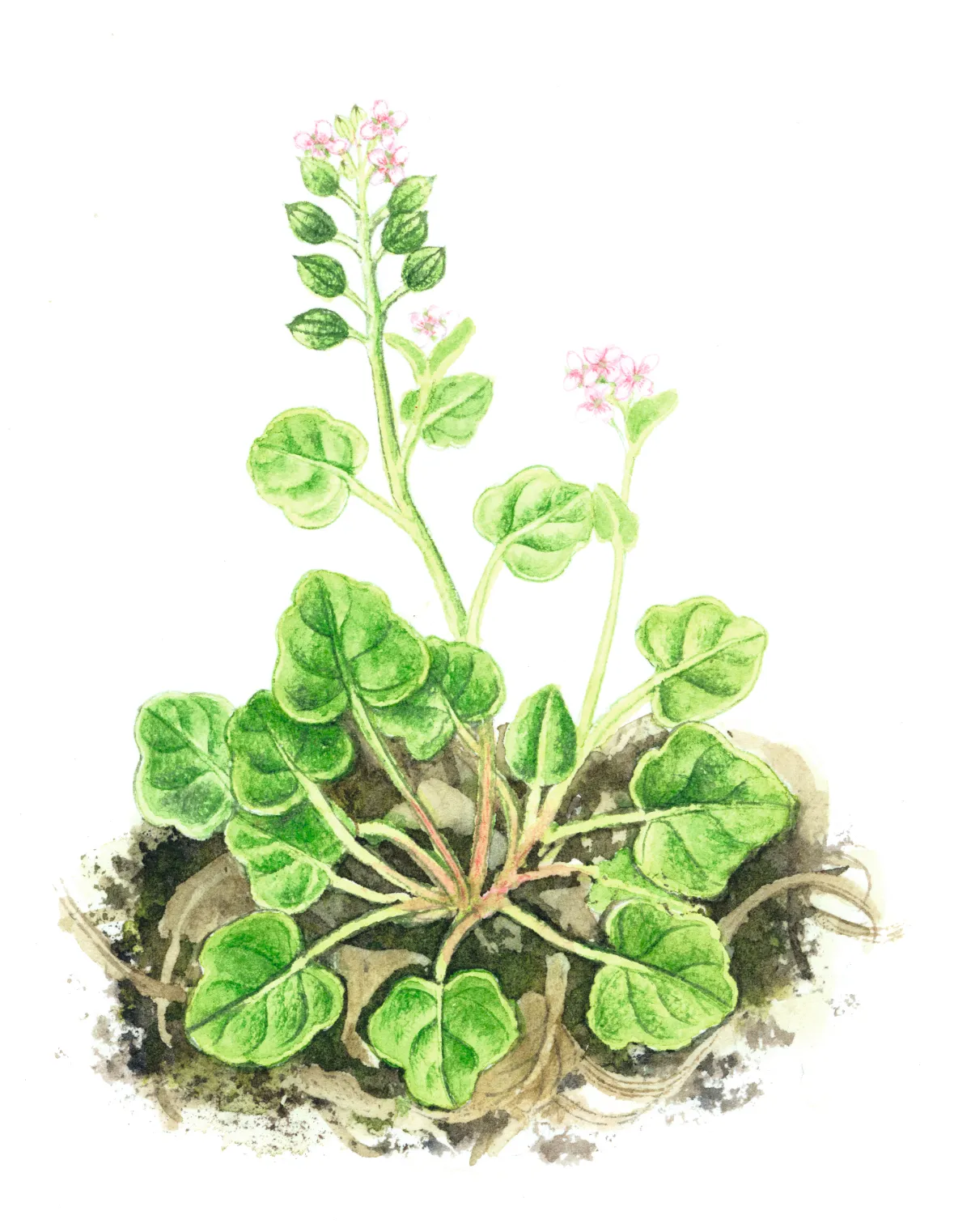
A coastal plant once eaten by sailors as a vitamin C source. Salt-tolerant, spreading rapidly along gritted roads.
Main image: Winter heliotrope. © Ian Redding/Getty
All illustrations © Felicity Rose Cole